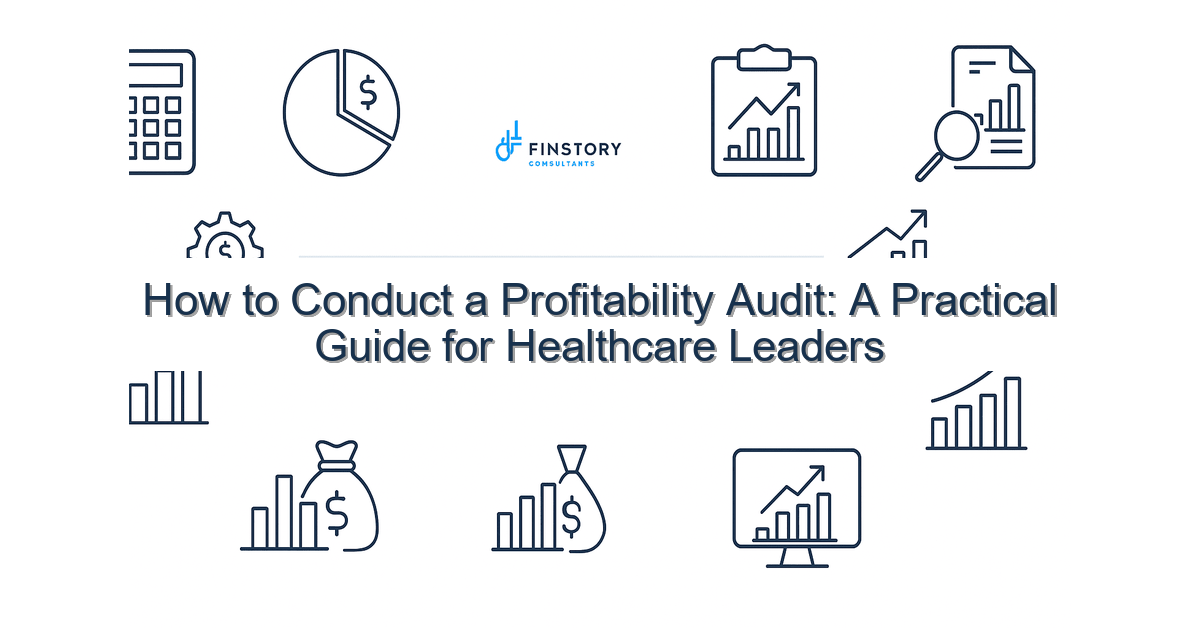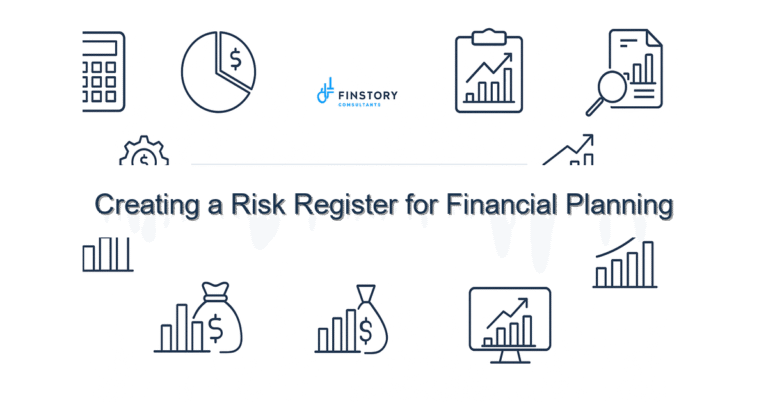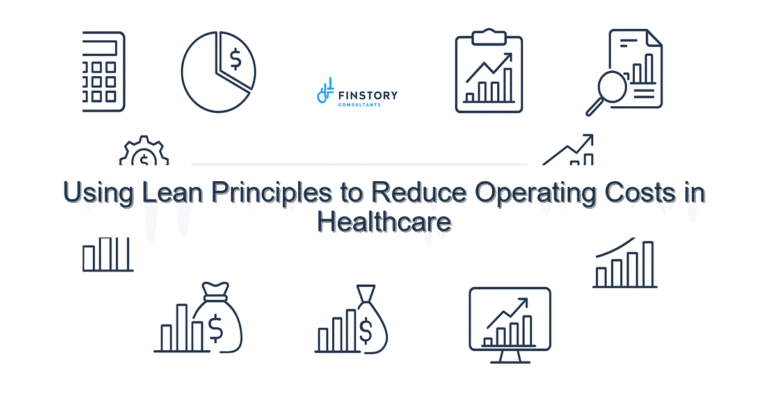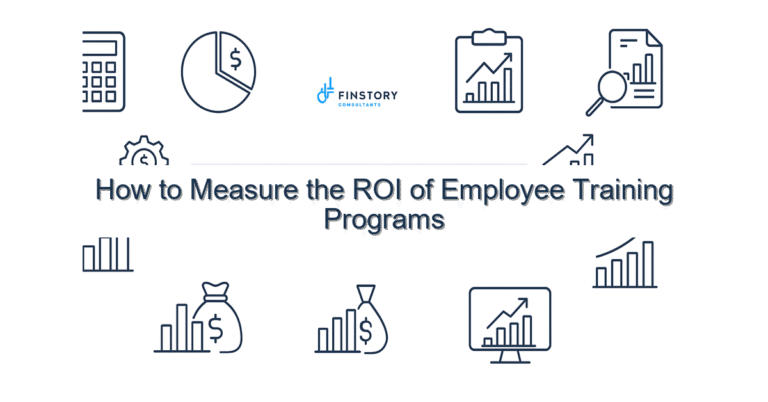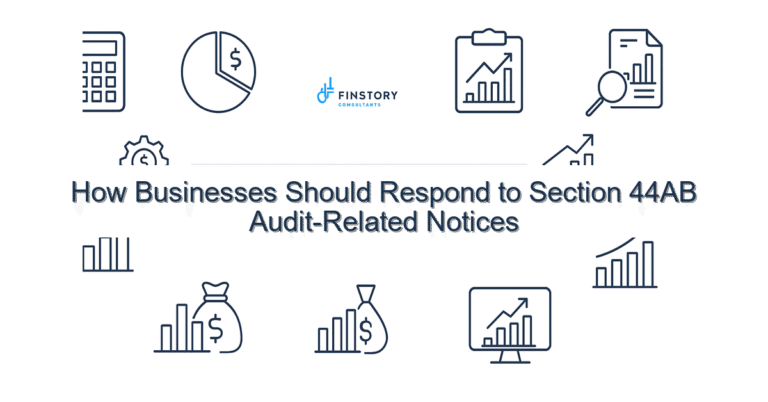How to Conduct a Profitability Audit: A Practical Guide for Healthcare Leaders
You know the feeling: budgets look tight, margins keep slipping, and it’s not clear which services are driving the problem. A focused profitability audit can cut through the noise and give you the facts you need to act—without slowing clinical teams down.
Summary: A profitability audit turns scattered cost and revenue signals into a prioritized action plan—so you can stop losing margin, set accurate prices, and give leaders clean, timely reports that guide decisions.
What’s the real problem?
Hospitals and health systems carry complexity: multiple service lines, varied payer contracts, bundled payments, and clinical workflows that affect cost. Often the root issue is not a single bad contract or one expensive department—it’s weak visibility into true costs and inconsistent reporting that makes good decisions impossible.
- Symptoms: Leaders chase anomalies in claims reports but can’t reconcile them to unit-level costs.
- Symptoms: Some service lines show healthy revenue but consume more clinician time or supplies than budgeted.
- Symptoms: Pricing and contract teams use outdated cost assumptions or manual spreadsheets.
- Symptoms: Finance spends weeks producing a “profitability report” that leadership finds hard to trust.
What leaders get wrong
Well-meaning teams make a few predictable mistakes that slow audits and produce flimsy recommendations.
- Relying on top-line analytics alone. Revenue trends are useful, but without granular costs you miss margin drivers.
- Treating the audit as a one-off. Some leaders run an audit, file a PDF, and expect the rest of the org to follow it—without embedding the process.
- Skipping clinical validation. Finance can estimate cost buckets, but you must verify with clinicians to avoid cutting necessary care.
- Not planning for data clean-up. Data gaps derail analyses and take more time than anticipated.
A better approach
Run an audit that’s fast, pragmatic, and embedded into regular decision cycles. Use this 4-step framework:
- Define scope & outcomes. Choose target service lines (e.g., orthopedics, imaging) and the decisions you want to influence—pricing, staffing, or case-mix management.
- Build a reconciled data model. Map revenue (EHR, billing) and cost (general ledger, purchasing, time-driven activity-based costing) to the same unit of service.
- Analyze and prioritize. Identify where margin leaks most—volume variance, payer mix, supply costs, or inefficient processes—and rank by financial impact and feasibility.
- Act and operationalize. Pilot interventions, adjust pricing or workflows, and turn findings into recurring dashboards and governance.
Real-world: A 250-bed community hospital I worked with thought imaging margins were fine. After reconciling radiology charges to actual technologist time and supply usage, we found a 12% margin leak from inefficient scheduling and over-ordering of contrast. A six-week scheduling pilot improved throughput and recovered about $450K annualized margin.
Quick implementation checklist
- Pick 2–4 priority service lines to audit this quarter.
- Create a one-page decision brief that states what a successful audit will enable (e.g., price change, staffing reallocation).
- Pull the last 12 months of revenue and cost data—include GL, AP, payroll, and case-level charges.
- Agree on a common unit of service (CPT, DRG, or visit type) with clinical partners.
- Reconcile top-line revenue to billed claims and to the GL for a sample of cases.
- Run a time-driven cost sample for 20–30 cases per service line to validate assumptions.
- Build one leadership dashboard in Power BI showing margin by service, variance drivers, and confidence levels.
- Schedule a 2-week pilot for the highest-impact intervention and define metrics up front.
What success looks like
- Accuracy: Cost allocation accuracy improves from a rough estimate to ≥90% confidence for audited service lines.
- Cycle time: From data pull to decision in 4–8 weeks for first audit; recurring updates in 7–10 days.
- Financial impact: Recoverable margin opportunities quantified (e.g., $400K–$2M annually for mid-sized hospitals depending on scope).
- Decision velocity: Price or staffing decisions shorten from months to a single governance meeting.
- Adoption: Leadership dashboard used weekly by operations and finance with clear owner and SLA.
Risks & how to manage them
- Risk: Poor data quality produces misleading results.
Mitigation: Start with a small representative sample, document assumptions, and run reconciliations between billing and GL. - Risk: Clinician pushback on suggested changes.
Mitigation: Involve clinical leaders early, present case-level evidence, and run short pilots rather than sweeping mandates. - Risk: Fixes harm patient experience or access inadvertently.
Mitigation: Always include quality and access metrics in pilots and require clinical sign-off before scaling.
Tools & data
Use technology to accelerate the audit—don’t treat it as a spreadsheet war. Finance automation tools can speed reconciliations, and Power BI or similar visualization tools make insights consumable for executives. Tie analytics to leadership reporting so the findings become part of regular reviews. Connect EHR-derived clinical data, billing, payroll, purchasing, and your ERP so you can trace a dollar from charge to outcome.
Next steps
If you’re short on bandwidth, start by commissioning a 6-week pilot: we’ll scope the service lines, reconcile the data model, and deliver a one-page decision brief plus a leadership dashboard. That brief should tell you exactly which changes will move margin and how quickly you can pilot them.
Want a second set of hands that understands both finance and operations? Contact Finstory to scope a pilot and see immediate, board-ready results.
Work with Finstory. If you want this done right—tailored to your operations—we’ll map the process, stand up the dashboards, and train your team. Let’s talk about your goals.
📞 Ready to take the next step?
Book a 20-min call with our experts and see how we can help your team move faster.
Prefer email or phone? Write to info@finstory.net
or call +91 44-45811170.
